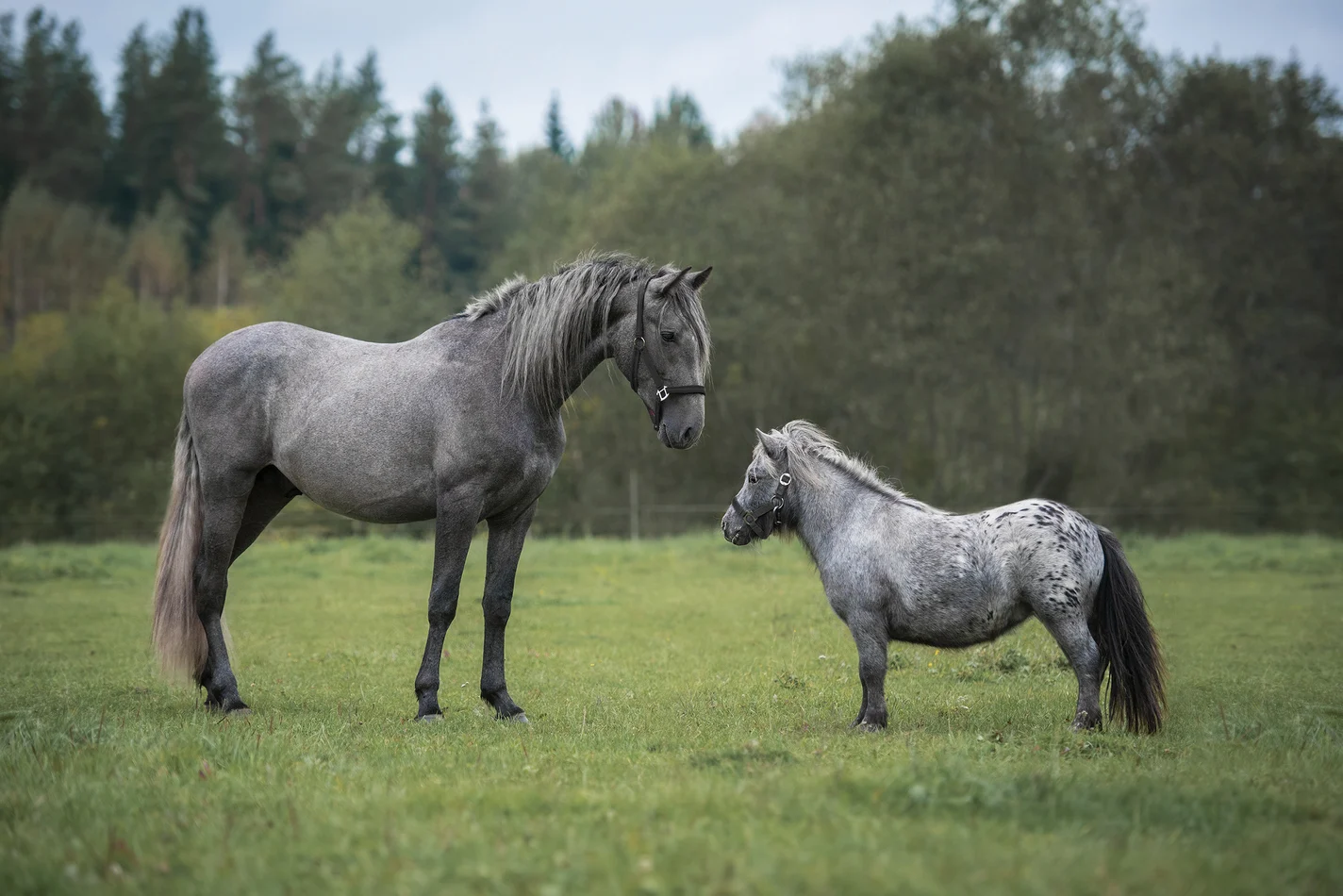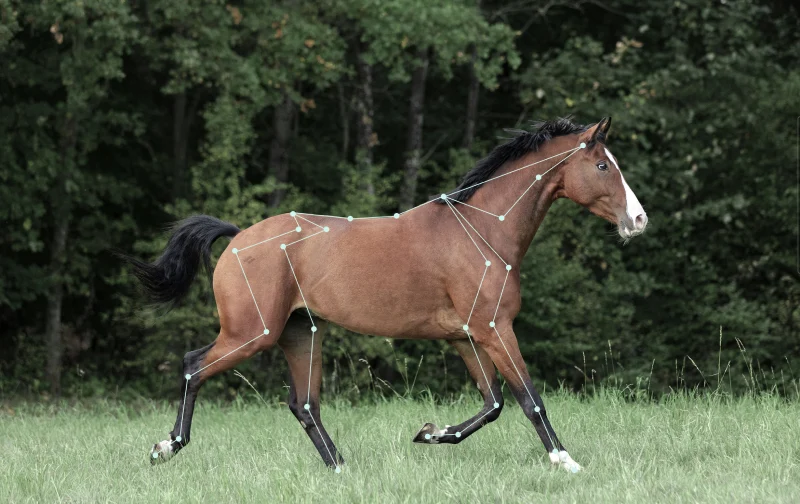
14 August 2024

When performing movement asymmetry measurements of trotting horses it is common to quantify the vertical movement of the head and pelvis. To enable comparisons between large and small horses, asymmetry values shown by Sleip have been scaled based on the total vertical movement of the head and pelvis when trotting.
However, in cases of "small movers" or horses with limited vertical movement relative to their size, significant asymmetry may be observed without corresponding force compensation. In short, this results in measurements that indicate a comparatively greater asymmetry. Analysis of these horses might then indicate a more severe asymmetry than reflected by their weight redistribution from the lame limb.
With the new anatomical scaling developed by Sleip, asymmetry levels are adjusted based on horse size. This improvement makes it more intuitive to interpret gait analysis data, as the user does not have to factor in whether the horse is a big or small mover.
Observe the vertical movement of the head of the two different horses. Look at the movement of the heads against the distant background to gauge the range of the movement. The horse on the left has a more prominent vertical range of movement.
"Sleip uses AI to measure asymmetry variables from horses in motion. To do this, we rely on video data recorded using the Sleip app. Since video is a dimensionless type of data, the calculated asymmetry variables need to be rescaled in order to produce repeatable and reliable data. Scaling is also needed to compare asymmetry degrees between small and large horses, says Christoffer Roepstorff, Biomechanical researcher at Sleip.
The current gold standard for this rescaling relies on the principle that the vertical movement of a horse in trot can be divided into (at least) two main components or harmonics (Fig.1). Think about these harmonics as musical notes - they have a specific frequency and amplitude. What we measure as the vertical displacement of the horse is a sum of these two harmonics.

The new scaling method developed by Sleip (Fig.2) uses the actual anatomical size of the horse to rescale the asymmetry data to provide a measurement that better correlates with the degree of observed asymmetry.

The update may impact some comparisons with past recordings. Don’t worry, you’ll be alerted if that’s the case. Due to the scaling change, comparing data from old and new recordings might show variations in asymmetry scores.